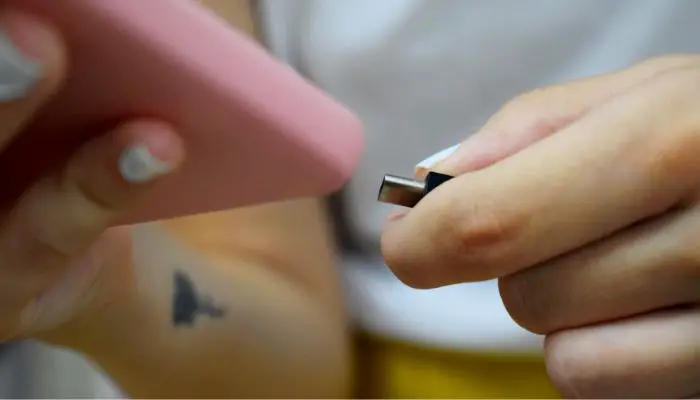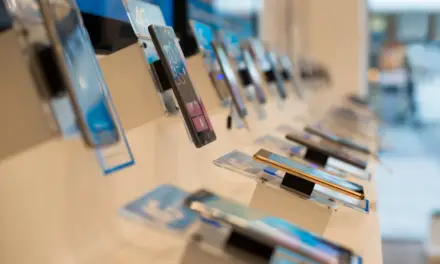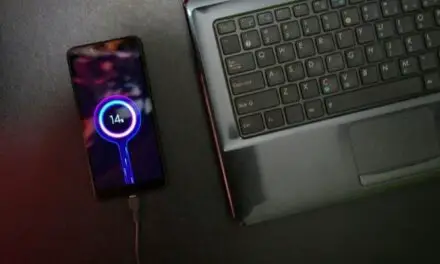If you travel a lot and are thinking of purchasing an Android phone, it’s important to understand how it charges and whether or not it can accept dual voltage. Not every place is the same and while some countries accommodate US tourists with what we’re used to in terms of wall sockets and voltage, not all of them do.
Smartphones are built with mobility in mind so it would be pretty crazy to think that you’re going to run into major issues taking one with you on your international travel.
So does that mean your Android phone is dual voltage and you’ll be able to charge it anywhere?
Are Android Phones Dual Voltage?

Phones themselves are not dual voltage. It’s the power cable and brick that comes with them that you have to look at. Fortunately, all modern USB power adapters produced by reputable brands will support dual voltage.
As long as your charger isn’t counterfeit or from the year 2002, you are not going to need a voltage converter to charge your phone in another country, just a plug adapter so your phone will plug into the wall outlet.
So whether you’re using 110 volts to charge your Android smartphone in Japan or 220v to charge it in Nepal, your phone will charge just fine.
Not only that, any USB port will work to charge your phone, whether the port is in Amsterdam or Thailand. You can find a USB port in all kinds of devices, such as car chargers, computers, laptops, outlet extenders, or charger heads. So long as those devices are dual-voltage, you’re fine.
The only real issue you may run into when crossing international borders with your Android phone is keeping up with the number of different adapters you might need.
This is where it gets pretty crazy, especially if you’re depending on an outlet plug because there are a lot of different types.
- Type A Plugs are found in Canada, the US, Mexico, and Japan (Mexico is sporadic)
- Type B is the traditional, three-prong outlet in the US, Canada, and Mexico
- Type C outlets are primarily in South America, Asia, and certain countries throughout Europe
- Type D Plugs are the only type in India
- Type E Plugs are in France and Scandinavian countries
- Type F Plugs are in Russia and sporadically throughout Europe
It gets way more complicated than that, with the above being less than half of the types of plugs available out there, including Type G through Type O. Whether the type of plug pushes 240V or 110V is also up to that country’s standards.
USB-C is the newer version of USB cables that enables much faster data transfers and rapid charging. The plugs or charger heads that come with them will typically have their capabilities stamped into them.
Related Article: Does Wireless Charging Transfer Data? (Answered!)
If you can read the tiny letters without a microscope, the information on there will tell you if the charger is dual voltage or not. It will usually resemble something like 110/240V. That means it’s dual voltage.
If it only says “110,” it’s not a good idea to plug it into a wall outlet rated for 240. Your Android phone can handle it in almost every instance but the charger won’t.
All Things Considered
Unfortunately, charging a smartphone across the world just isn’t universal. But your USB cable can handle just about anything, so long as you have it in the right charger head. Phones themselves are not necessarily dual voltage.
They don’t manufacture the same phone in different ways just to accommodate different voltages.



